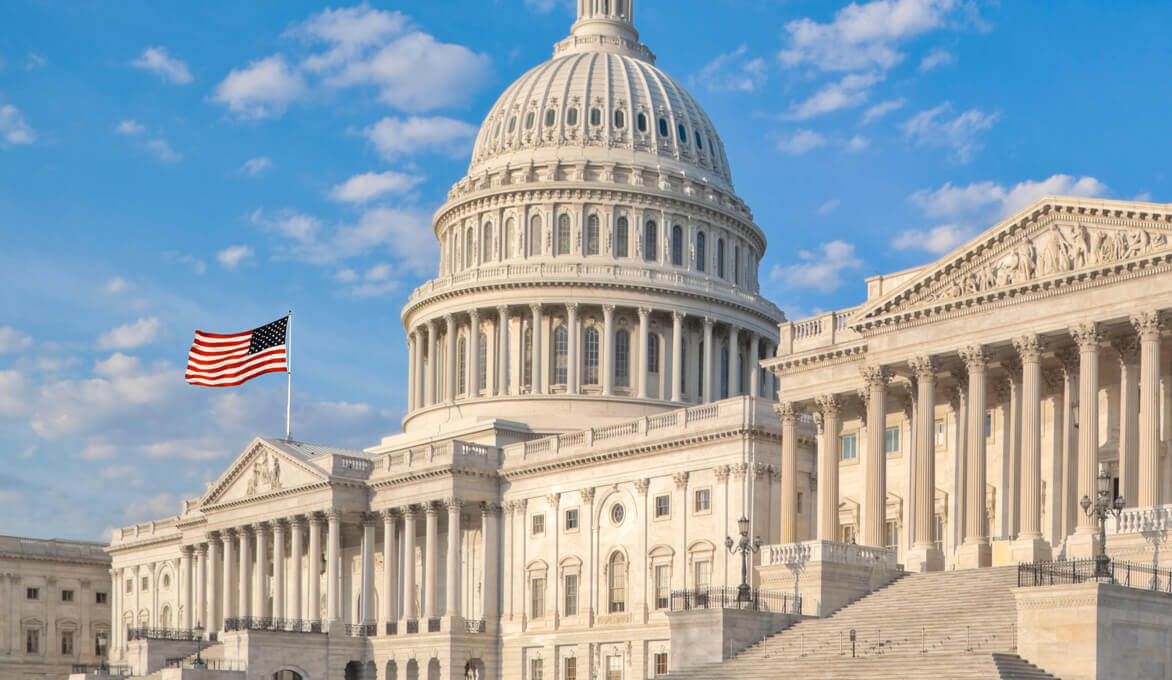The American Taxpayer Relief Act of 2012 (Impact on the Healthcare Community)

On January 2, 2013 President Obama signed into law The American Taxpayer Relief Act of 2012 (the Act), also known as “The Fiscal Cliff Deal.” While this legislation is much more far reaching, the healthcare industry landscape is irrefutably changed by many of the provisions contained in the Act, with many more cuts likely to follow in the near term. Many healthcare sectors feel as if they dodged a bullet, but that relief may be short lived. This article will highlight some of the most salient points to the healthcare community and also discuss what may be coming in the near future.
Sequestration and the doc fix
Two of the most notable provisions are that the 2% sequestration cut to Medicare payments is delayed until March 1, 2013 and the physician sustainable growth rate (SGR), more commonly known as the “doc fix,” was extended for another year through December 31, 2013. The irony in both of these provisions is that permanently fixing these may require even larger cuts elsewhere in Medicare payments down the road.
Outpatient therapy
The outpatient therapy caps of $1,500 will now be enforced. Although technically applicable to outpatient departments of hospitals since 2012, there has always been an exception in prior legislation so they were never implemented. The Act now definitively applies caps to hospital outpatient departments. Further, critical access hospitals will also be subject to these caps, a departure from previous legislation and also the cost based nature of typical CAH reimbursement. Additionally, as part of this legislation, the Act does extend the beneficiary exception process for this provision through December 31, 2013.
Medicare dependent hospitals
MDH reimbursement methodology expired on October 1, 2012. The Act extends this program for one more year, until October 1, 2013. CMS will be issuing instructions on how this will be implemented.
Low volume hospitals
Low volume hospitals are those with less than 1,600 discharges annually that are also at least 15 miles from other like hospitals. The Act extends the inpatient hospital payment adjustment for these hospitals for one more year, through 2013.
Physician work geographic adjustment
The Geographic Practice Cost Index (GPCI) floor of 1.0 for the work component of the physician payment rate has been preserved through calendar 2013.
Ambulance add-on payments
Ambulance add-on payments have been extended for both urban and rural areas through December 31, 2013 for ground transportation. The special rural air ambulance service payment will be extended for an additional 6 month period, through July 1, 2013.
Documentation and coding adjustment
CMS will be recouping what it considers overpayment since 2008 for the documentation and coding adjustment, also known as MS-DRG creep. The additional adjustment, representing aggregate payment increases from 2008 to 2013 due to this phenomenon, will total $11 billion over the period 2014 through 2017.
Other
There are several other provisions worth at least mentioning here:
- It is notable that hold harmless or TOPs payments were not extended and have been allowed to expire.
- CMS has extended the “look back” period for recovery of overpayments from three to five years.
- ESRD payments will be rebased.
- The reduction in payment for multiple therapy procedures furnished on the same day has been increased from 20% to 50%, effective for services on/after April 1, 2013.
This article only summarizes what this author considers the most notable provisions, but the legislation includes much more and this should not be perceived as an all encompassing summary of the Act. In conclusion, the Act is going to be financially challenging on the healthcare provider community, now and well into the future. The sequestration cut is potentially delayed only a couple of months and the SGR or “Doc fix” for only a year. With Congress continuing to debate these and other permanent issues and with the overall “debt ceiling” discussion again in the forefront in Washington, the $10.5 billion in hospital payment reductions resulting from this legislation may well be a small piece of the pie. It is likely that further cuts and reductions are coming. The first quarter of 2013 is sure to be an exciting and challenging time for the healthcare industry.
Disclaimer of Liability: This publication is intended to provide general information to our clients and friends. It does not constitute accounting, tax, investment, or legal advice; nor is it intended to convey a thorough treatment of the subject matter.



